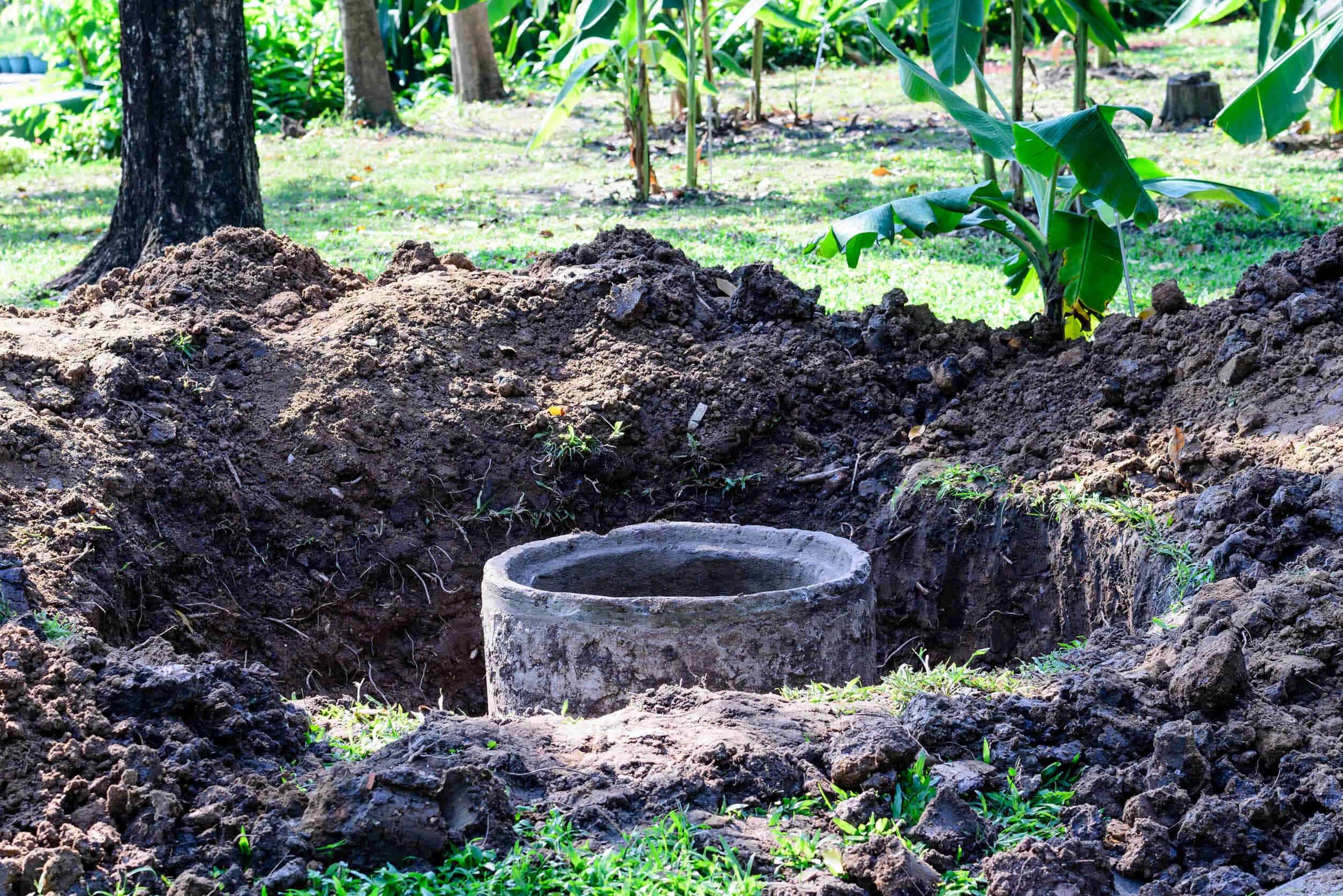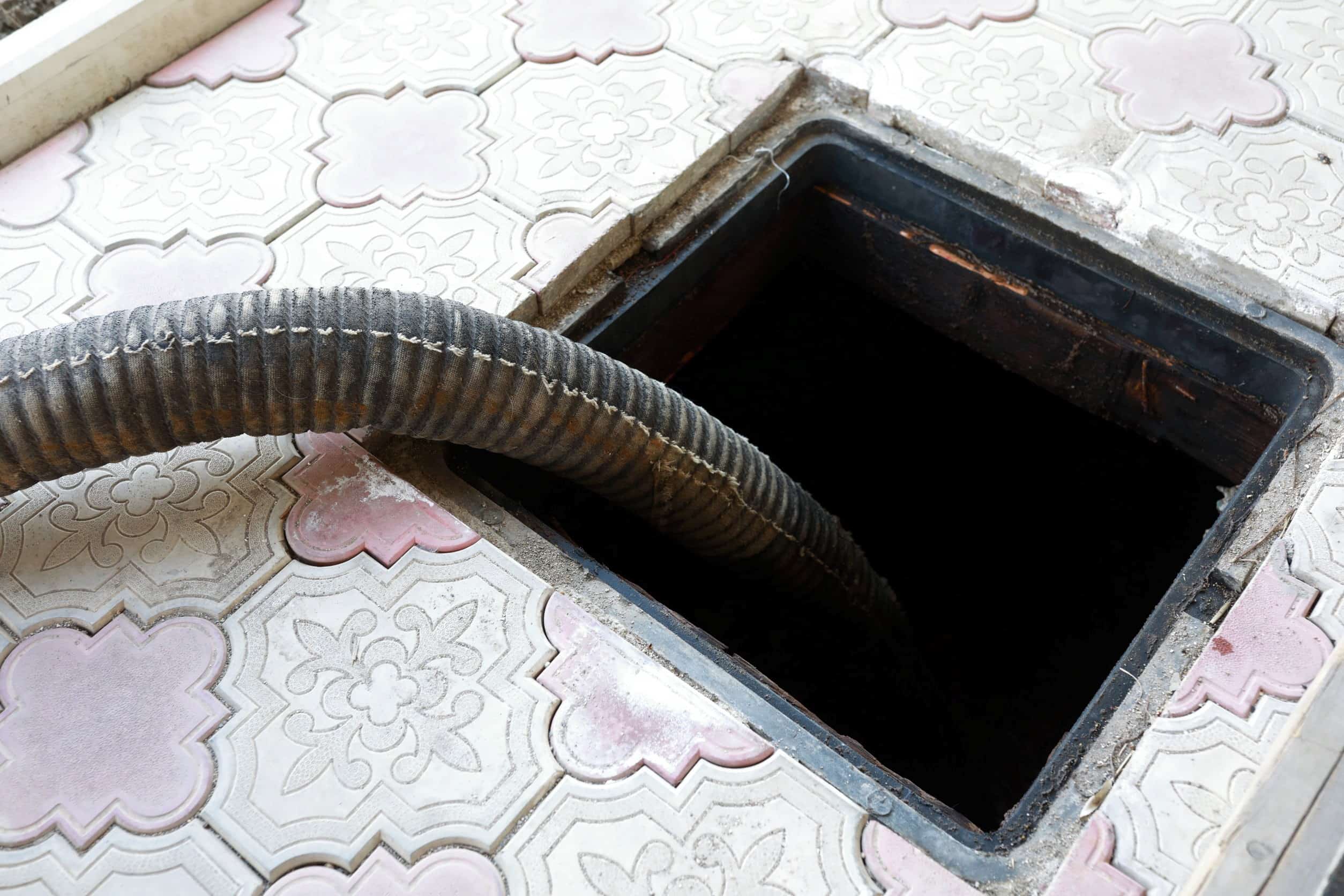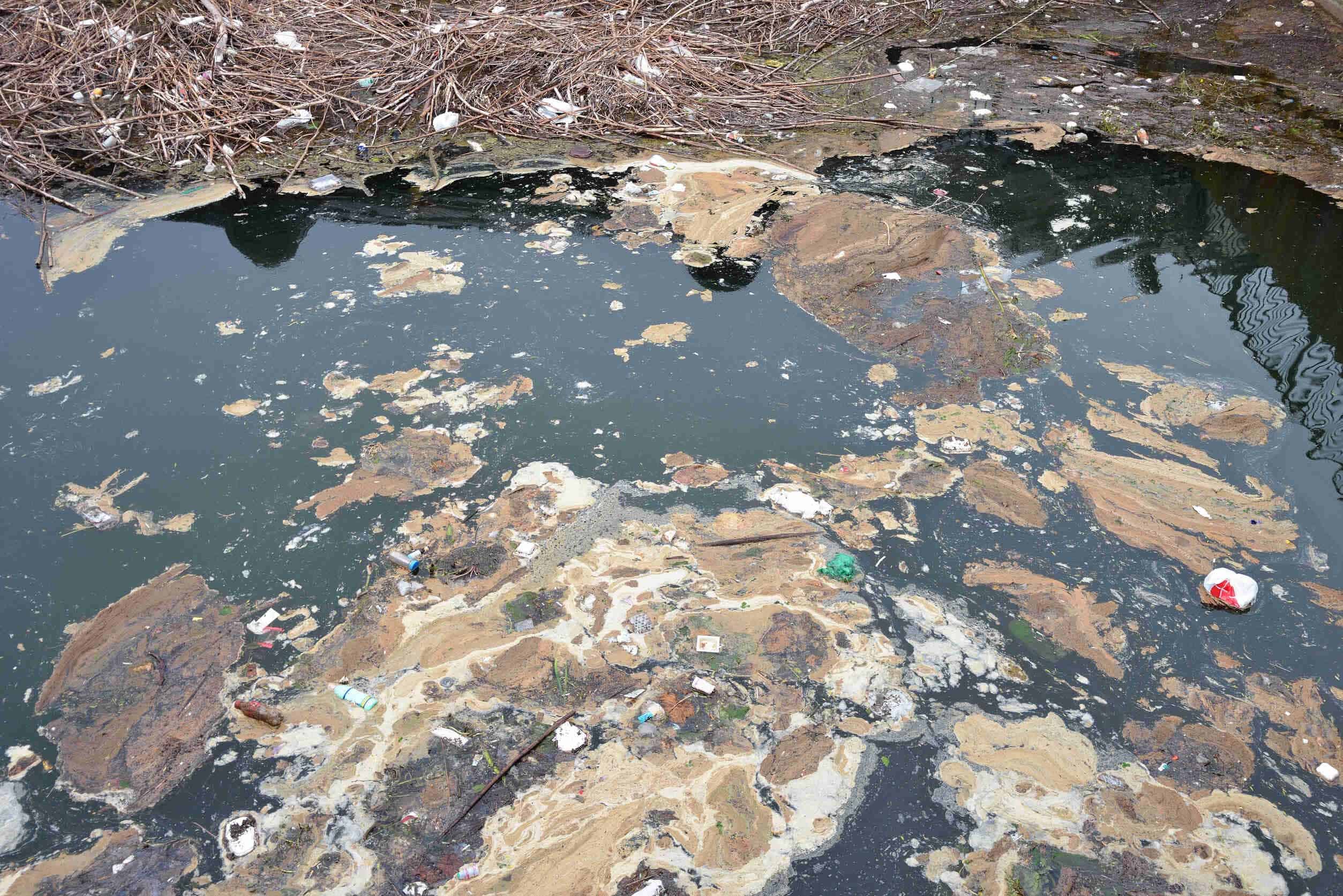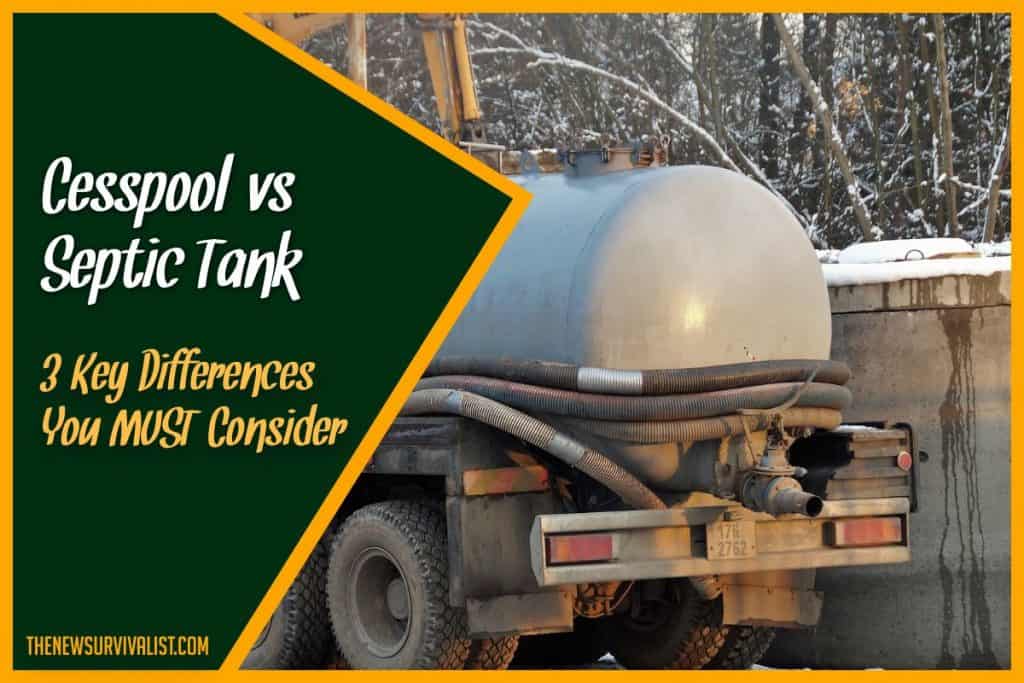When living off the grid, you’ll likely be cut off from your city’s sewer line. Proper sanitation is a necessity for any household. The most common waste disposal methods at this point are cesspools and septic tanks. While some might use the terms interchangeably, the differences between the two are night and day.
Cesspools are basically storage tanks for waste, requiring constant emptying. These aren’t good for long-term living, as the waste eventually leaches into the surrounding soil. It can get to the point of oversaturating the ground, forcing you to move your cesspool’s location.
Septic tanks improve on that design with basic treatments and filtration methods. Treatments passively reduce the volume in the tanks, so you don’t need to call off-site trucks very often. The filtration also helps return water to the ecosystem. It’s more sustainable for long-term use and far better for the environment.
Septic tanks are more commonly used than cesspools nowadays. Your city might not even allow you to construct the latter altogether. We’ll elaborate on some huge improvements septic tanks have over their dated counterparts.
Cesspool vs. Septic Tank: Differences Explained
Mechanics
Cesspools
Cesspools are just holding units that date back in use all the way to the Romans – possibly even the Babylonians. This design is very rudimentary: stone or concrete walls, small holes to allow sludge drainage, and an inlet pipe to take in waste. Waste gradually seeps through these small holes, contaminating the cesspool’s direct surroundings.

Septic Tanks
Septic tanks have decent treatment systems in place, making use of at least two chambers for filtration. The first chamber isolates solid residues and scum with bacteria. It reduces overall volume through decomposition over time and bacteria digesting the solid waste.
The dividing wall in between, called the baffle, provides another layer to separate smaller solids that might have slipped through. The now clear runoff water drains into what’s known as a leach field or soakaway. This water is disposed of through evaporation or percolation through the soil. It does so over a large area, which mitigates the risk of oversaturated ground.
Convenience
Cesspools

Cesspools require regular pumping to ensure their drain holes can still channel water. It can be a huge, costly hassle – especially now, with water prices on the rise. Not doing so also runs the risk of your waste products backing up, flooding your home with an awful smell.
Cesspools also need to be drained more often than septic tanks, owing to their lack of treatment and volume reduction. Lastly, you’ll probably have to move your cesspool in a few years, as the ground will eventually be loaded with untreated waste.
Septic Tanks
Thanks to their built-in filtration, septic tanks don’t deal with nearly as much clogging. The passive reduction in waste volume also reduces the frequency waste pumping trucks need to be called. This is huge on savings, as waste pumping trucks can run you between $300-$600 per trip.
You also won’t need to move septic tanks, as the solid waste is properly isolated from the tank’s immediate environment. Just be sure to maintain it, as scum can still build up near the outlet.
Eco-friendliness

Cesspools
Cesspools are generally bad for the environment. It’s an outdated model that wreaks havoc on its surroundings. Some old structures were even built near bodies of water for better draining, which tainted ecosystems over time. Untreated wastewater can pass along diseases, poison water sources with nitrate, and introduce harmful pathogens to the soil.
The combination of excrements, shampoo, grease, detergents, and other cleaning products in the cesspool could also produce potentially harmful gases that are dangerous to inhale.
Septic Tanks
Septic tanks are better, leveraging dedicated systems to minimize long-term environmental harm. In fact, recycled water can top off groundwater supplies. The water that comes out of your septic tank should be fit for the environment, unlike the sludge runoff trickling from cesspools.
That’s assuming everything is going well, however. Septic tanks developed a troubled reputation during the 1990s due to faulty installations and poor structural choices. Follow regulation guidelines to avoid these costly mistakes.
A well-maintained septic tank is actually better for the environment than sewer systems. It just requires a great deal more discipline and maintenance on the homeowner’s part.
Final Thoughts
Septic tanks are a cut above cesspools, being easier to maintain and far better for the environment. Proper sanitation is needed for a decent quality of life, so don’t skimp on this. It’s a no-brainer choice to have septic tanks installed, but mind their maintenance requirements for best results.

